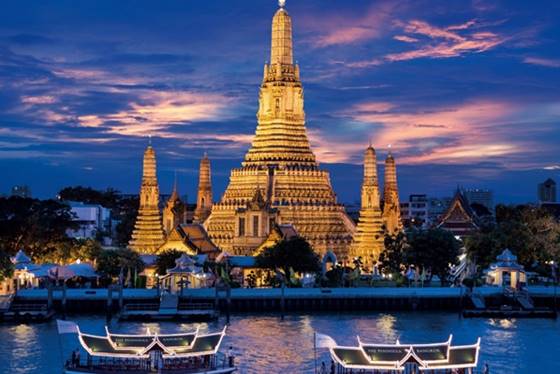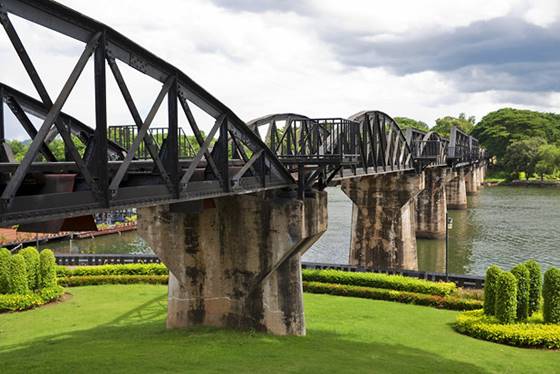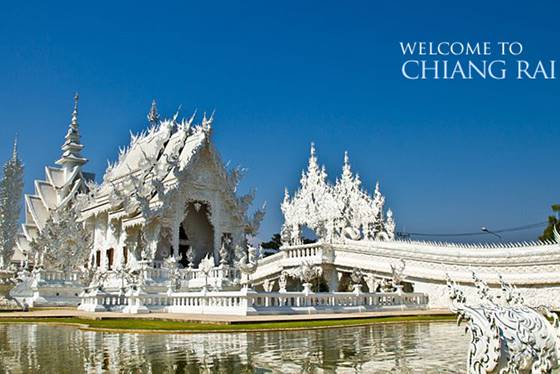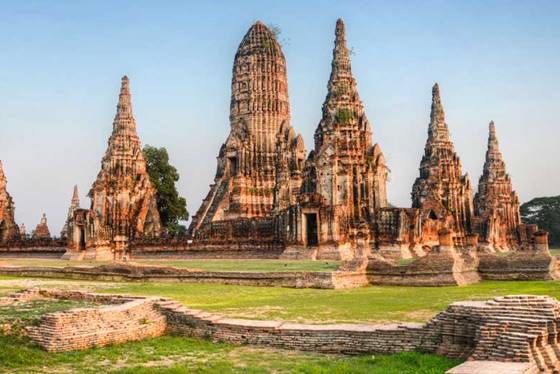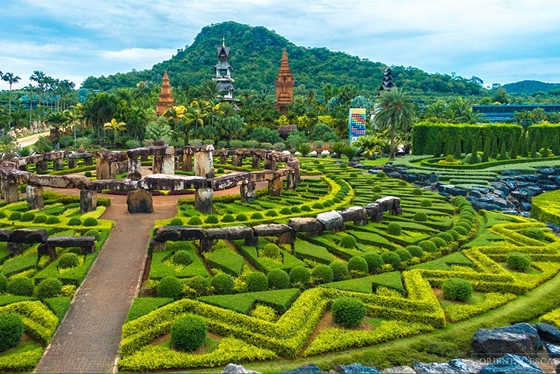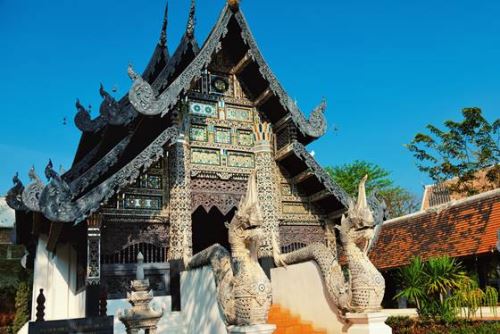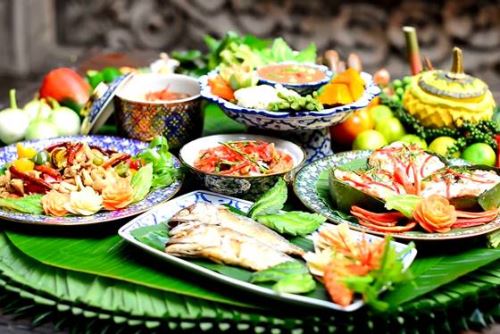Many tourists are drawn to Bangkok for its relatively cheap silk, gems, and tailor-made clothes. But there are many other goods worth seeking out: quality silverware, fine porcelain, and handmade leather goods—all at prices well below those in western shops. The already reduced prices can often be haggled down even further—haggling is mainly reserved for markets, but shopkeepers will let you know if they're willing to discount, especially if you start walking away.
Don't be fooled by a tuk-tuk driver offering to take you to a shop. Shop owners pay drivers a commission to lure in unsuspecting tourists. Patronizing reputable dealers will help you avoid getting scammed on big-ticket items like jewelry .
Thai antiques and old images of the Buddha require a special export license; check out the Thai Board of Investment's Web site at www.boi.go.th/english for rules on exporting and applications to do so.
The city's most popular shopping areas are along Silom Road and Surawong Road, where you can find quality silk; Sukhumvit Road, which is rich in leather goods; Yaowarat Road in Chinatown, where gold trinkets abound; and along Oriental Lane and Charoen Krung (New Road), where there are many antiques shops. The shops around Siam Square and at the World Trade Center attract both Thais and foreigners. Peninsula Plaza, across from the Anantara Siam Bangkok hotel in the embassy district, has upscale shops. If you're knowledgeable about fabric, you can find bargains at the textile merchants who compete along Pahuraht Road in Chinatown and Pratunam Road off Phetchaburi Road. You can even take the raw material to a tailorThailand’s “Rose of the North” is a cultural and natural wonderland with ethnic diversity, a multitude of attractions and welcoming hospitality.
Chiang Mai literally means “new city” and has retained the name despite celebrating its 700th anniversary in 1996. King Meng Rai the Great founded the city as the capital of the Lanna Kingdom on Thursday, April 12 1296 around the same time as the establishment of the Sukhothai Kingdom. King Meng Rai even conferred with his friends, King Ramkhamhaeng of Sukhothai and King Ngam Muang of Phayao before choosing the site where the capital of the Lanna Kingdom was to be founded. Henceforth, Chiang Mai not only became the capital and cultural core of the Lanna Kingdom, it was also to be the center of Buddhism in northern Thailand. King Meng Rai himself was a very religious leader who even founded many of the city’s temples that remain important to this day. Chiang Mai is one of the few places in Thailand where it is possible to experience both historical and modern Thai culture coexisting side by side: the city features centuries-old pagodas and temples next to modern convenience stores and boutique hotels. This dichotomy is best appreciated within the moat-encircled old city, which retains much of the fortified wall that once protected the city center as well as the four main gates that provided access to the former Lanna capital city. Strangely, for many years tourists had mistaken Chiang Mai simply as the base from which they could plan trekking and rafting trips to hill tribe villages and explore other provinces. Once in Chiang Mai, however, tourists are surprised by the fact that there are so many things to discover other than its beautiful and historic temples. Intriguing diversity among ethnic tribes, a number of elephant camps, many cooking and massage schools, numerous outdoor activities, a variety of handicrafts workshops, various cultural performances, and breathtaking scenery make Chiang Mai one of Asia’s most attractive tourist destinations. The phrase "a day in Chiang Mai is enough to see things around town" was once a common expression. Today, two weeks in Chiang Mai may not be long enough for travelers to experience all that Chiang Mai has to offer.
The old city of Chiang Mai is a showcase of the north’s fascinating indigenous cultural identity that includes diverse dialects, a delectable cuisine, distinctive architecture, traditional values, lively festivals, numerous handicrafts workshops, northern style massage, and classical dances. Chiang Mai is also blessed with pristine natural resources including mountains, waterfalls, and rivers. The presence of numerous hill tribes that feature a wealth of unique cultures enhances Chiang Mai’s distinctive diversity. Hill tribe trekking, often combined with river rafting and elephant riding has always been one of Chiang Mai’s greatest tourist attractions. Nowadays there are innumerable activities and attractions both in the city and the surrounding province, including massage instruction and golf. Moreover, visitors can visit workshops where they can learn about the production of silk or silver, and purchase memorable, hand-crafted souvenirs. With such a diverse range of attractions and an equally grand selection of dining and accommodation options, Chiang Mai is a place where both backpackers and luxury tourists can enjoy the ultimate Thailand holiday. and have something made.



